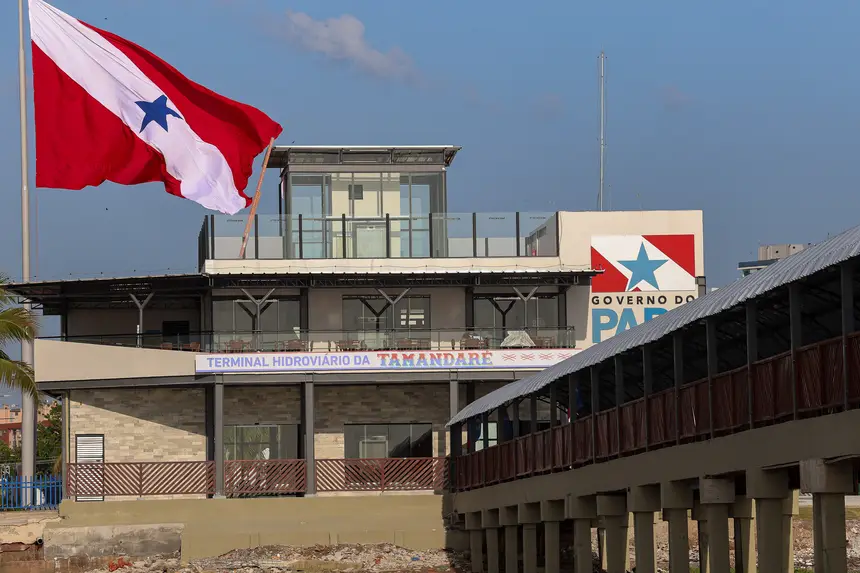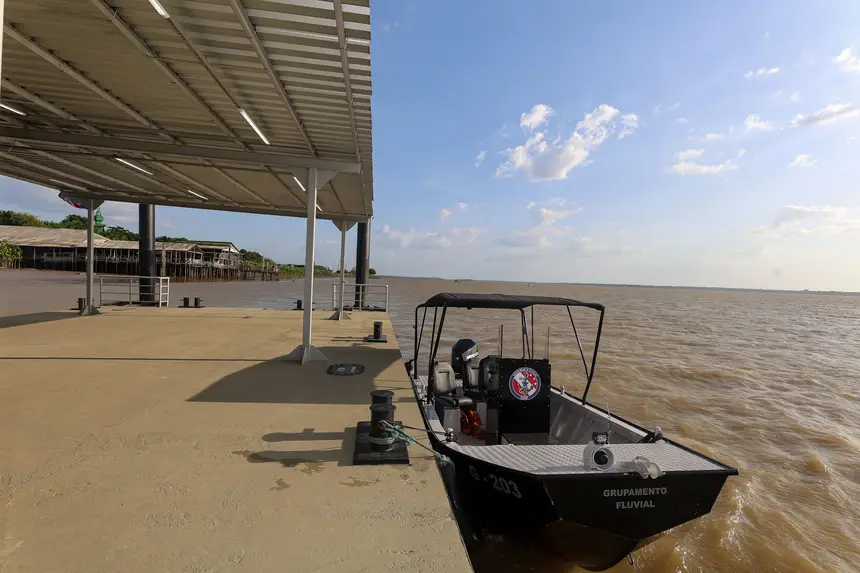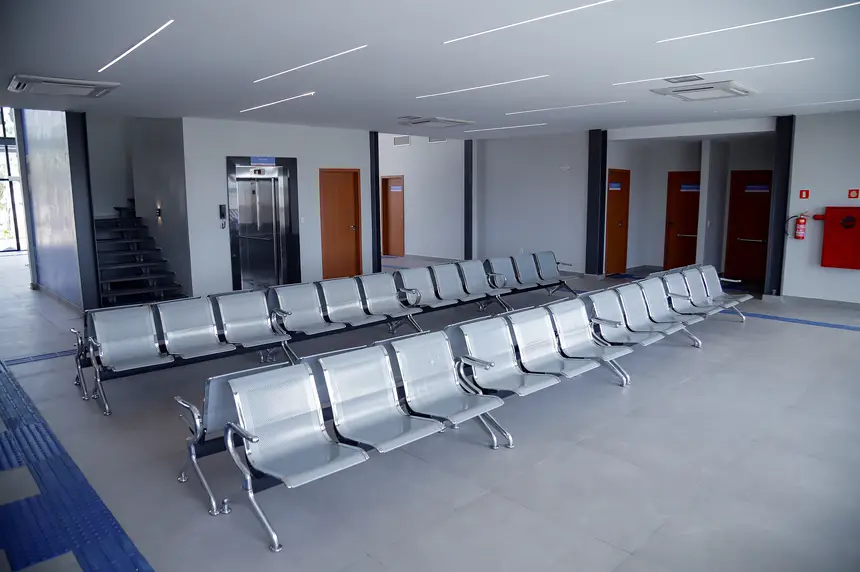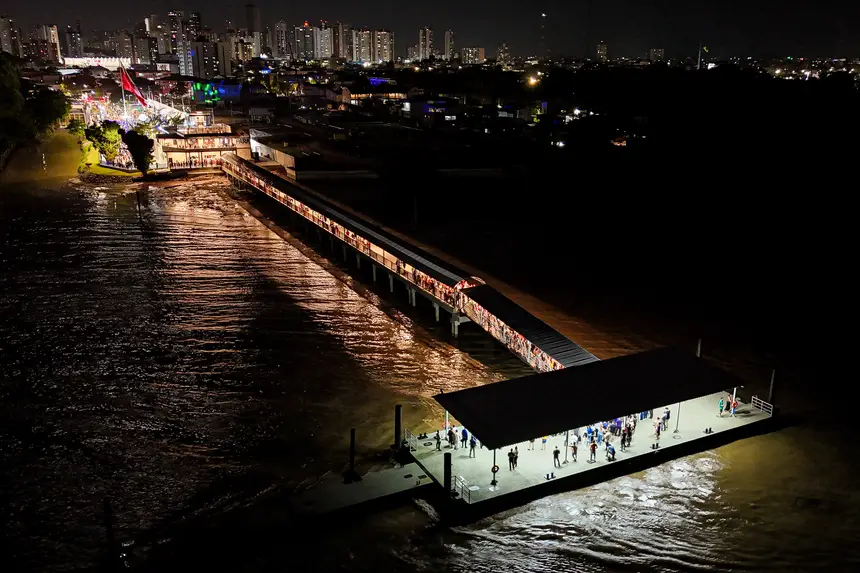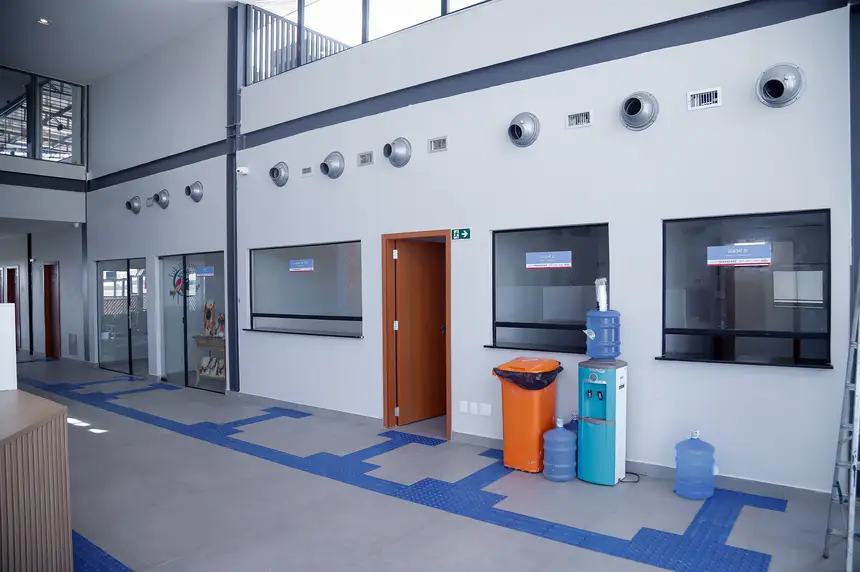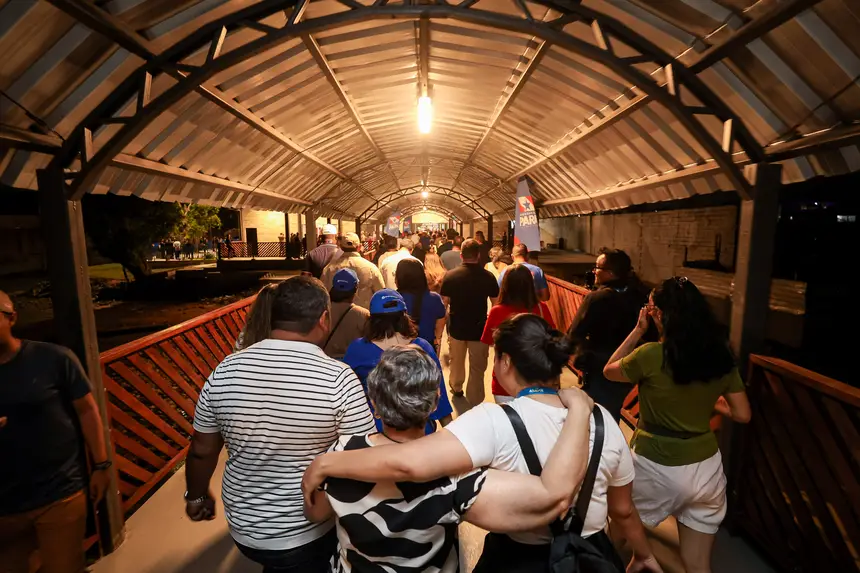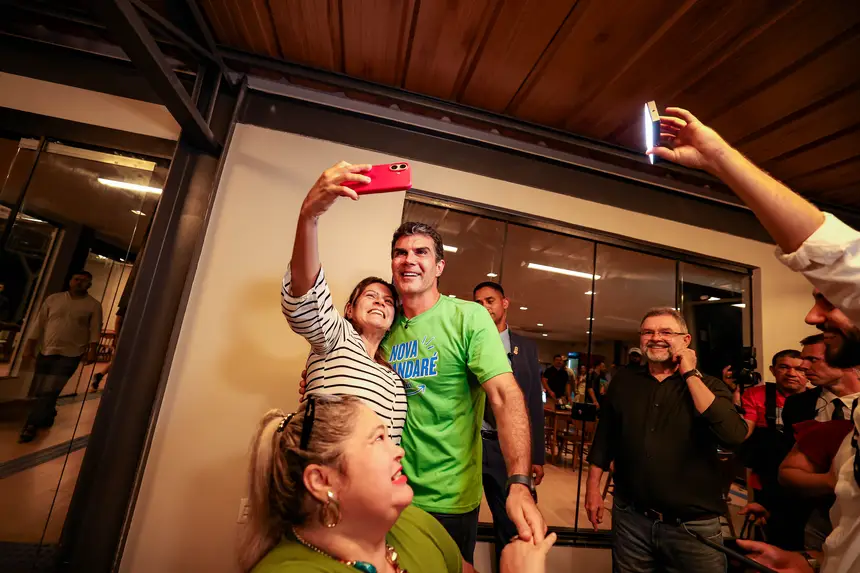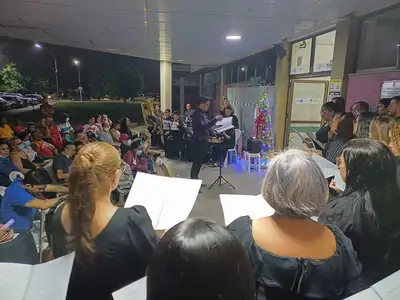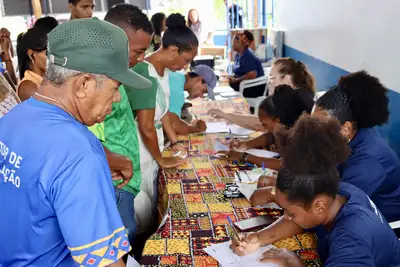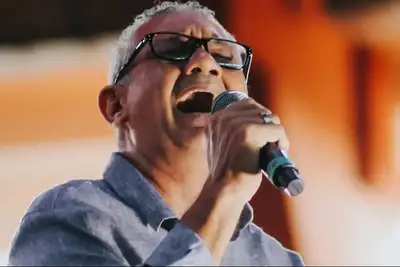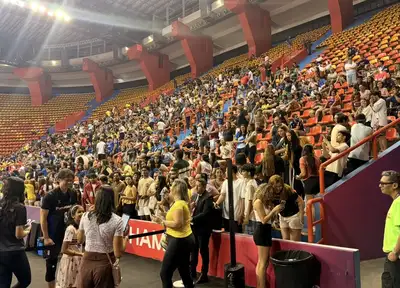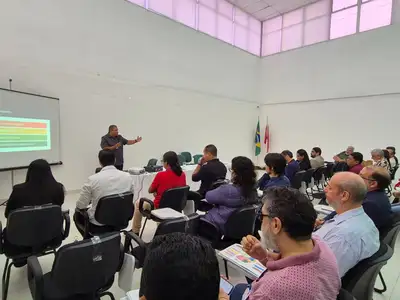State delivers Tamandaré Waterway Terminal, strengthening mobility in Belém
Starting this Tuesday (4), the population arriving and departing from Belém by waterway will benefit from the convenience, safety, and accessibility offered by the new port structure
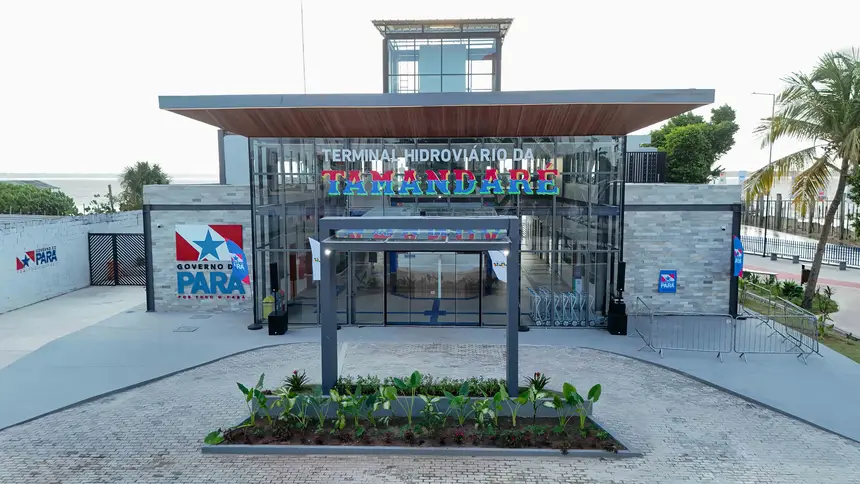
A milestone in the modernization of the port infrastructure of the Metropolitan Region of Belém, the Tamandaré Waterway Terminal was delivered by the Government of Pará on the afternoon of this Monday (3). The structure of the space facilitates the boarding and disembarking of passengers to the islands of Belém and the municipality of Barcarena, ensuring more comfort, safety, and accessibility for users. The Terminal will start operating this Tuesday (4).
During the delivery, Governor Helder Barbalho highlighted the State's commitment to strengthening waterway mobility. “The Tamandaré Waterway Terminal will feature shops and kiosks, and the lines that used to operate at Ver-o-Peso, a location without proper facilities, will now operate here, in a modern and safe environment. Passengers from Barcarena, Baixo Tocantins, the islands of Belém, and the Metropolitan Region will have more comfort in traveling through the rivers,” assured the governor.
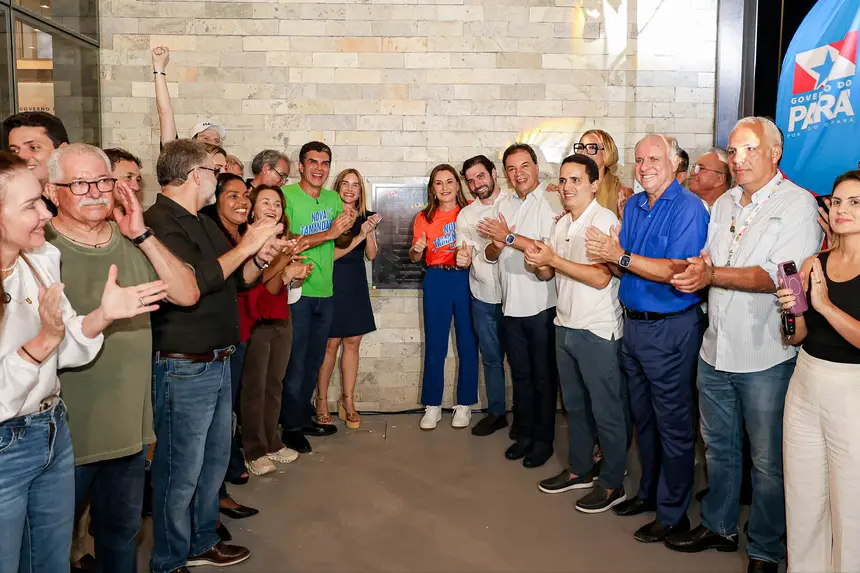
The work was executed by the Government of Pará, through the State Secretariat of Public Works (Seop), with financing from the National Bank for Economic and Social Development (BNDES), and will be managed by the Pará Ports and Waterways Company (CPH).
Commitment - With over 1,300 square meters of built area, the Terminal has a covered floating platform, snack bar, restaurant, restrooms, waiting room, administrative areas, shops, and ticket counters. Designed to provide convenience and fluidity in boarding and disembarking, the new port reinforces the State's commitment to transforming waterway mobility in the capital.

The Vice Governor and State Coordinator of the Committee for the 30th United Nations Conference on Climate Change (COP30), Hana Ghassan, emphasized the positive impact of the new infrastructure on the population. “This is an important project for the city's infrastructure. We are giving Belém a new face. It is so good to see the community enjoying the Park (Tamandaré Linear Park, also delivered by the Government). We need leisure spaces to bring our children, parents, so we can stroll. It is the union that builds,” highlighted Hana Ghassan.
The representative of BNDES, Pedro Iootty, emphasized the relevance of the partnership with the state government. “We are leaving a huge legacy for the population. This is the largest urban intervention project in the history of BNDES, the result of a joint effort to improve people's lives,” he stated.
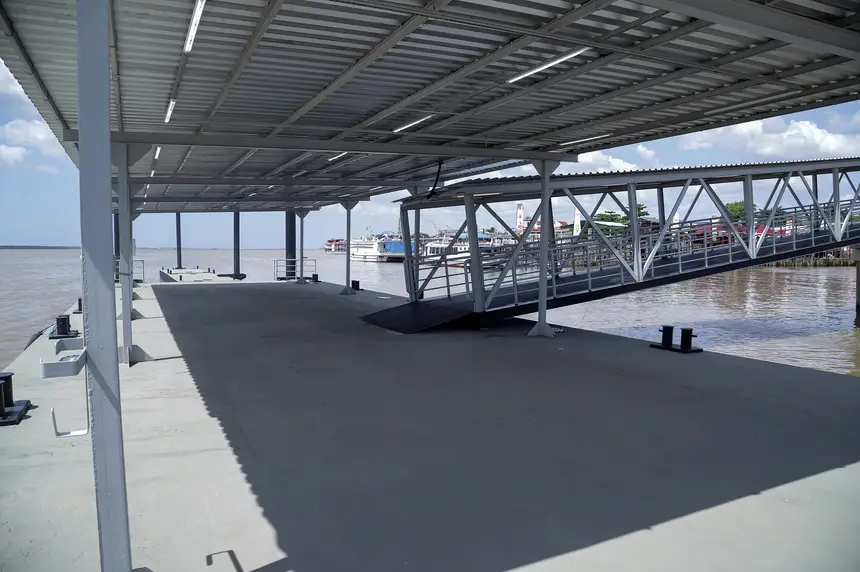
New boarding point - Starting this Tuesday (4), the vessels operating the Barcarena–Belém route will begin operating at the Tamandaré Terminal, replacing the old disembarkation point at Ver-o-Peso.
For entrepreneur Luana Sardinha, a resident of the Bengui neighborhood, the new space represents a step forward for the capital of Pará. “It is an amazing place. Before, there was no such accessibility and comfort. It is very good to have something innovative in our city. A space that also has recreation for children to have fun,” emphasized Luana.
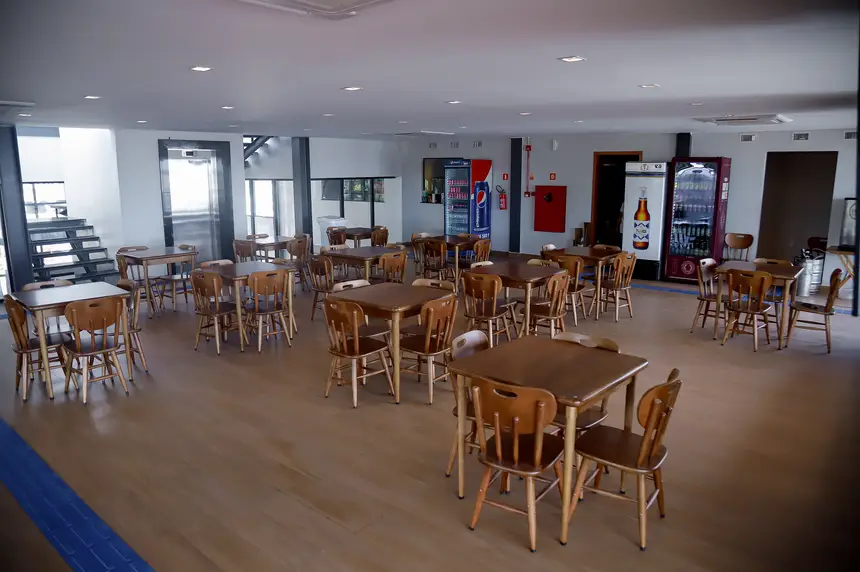
Legacy of COP30 - The port has three floating platforms, with depths between 4 and 6 meters, allowing for the simultaneous docking of five small vessels, three medium vessels, and one large vessel.
The modernization of Belém's waterway network is part of the structural legacies of COP30. Among the investments is the new Icoaraci Tourist Waterway Terminal (THTI), which reinforces the State's commitment to ensuring safety, comfort, and integration for those arriving and departing from the capital via waterways.


